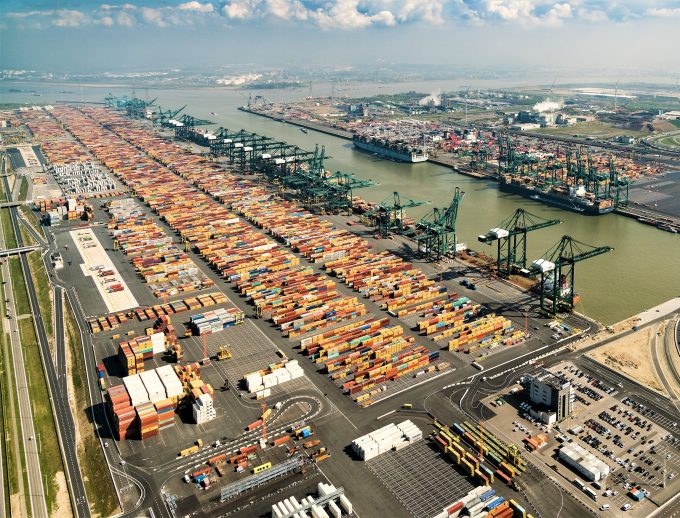BlackRock-MSC-Hutchison: 'Terminal Risk'
Marc Levinson writes on his website: Back in 2006, when he was considering a second run ...

The recent death of an 11-year-old accidental victim of drug gangs in Antwerp has pushed European authorities into stepping up the battle against the supply chain of illegal drugs – despite it being a fight described as “unwinnable” by Belgium’s deputy prime minister.
Drug-related crime in Antwerp has increased, which has driven some to ask whether shipping and supply chains are too open to abuse by organised criminals.
The Belgian authorities are to implement stronger measures to halt the flow of drugs ...
Transpacific sees first major MSC blanks as rates fall and volumes falter
'It’s healthy competition' Maersk tells forwarders bidding for same business
Opposition builds for final hearing on US plan to tax Chinese box ship calls
White House confirms automotive tariffs – 'a disaster for the industry'
New price hikes may slow ocean spot rate slide – but for how long?
Supply chain delays expected after earthquake hits Myanmar
Shippers snap up airfreight capacity to US ahead of tariff deadline
Good start for Gemini, liner schedule reliability data reveals

Comment on this article